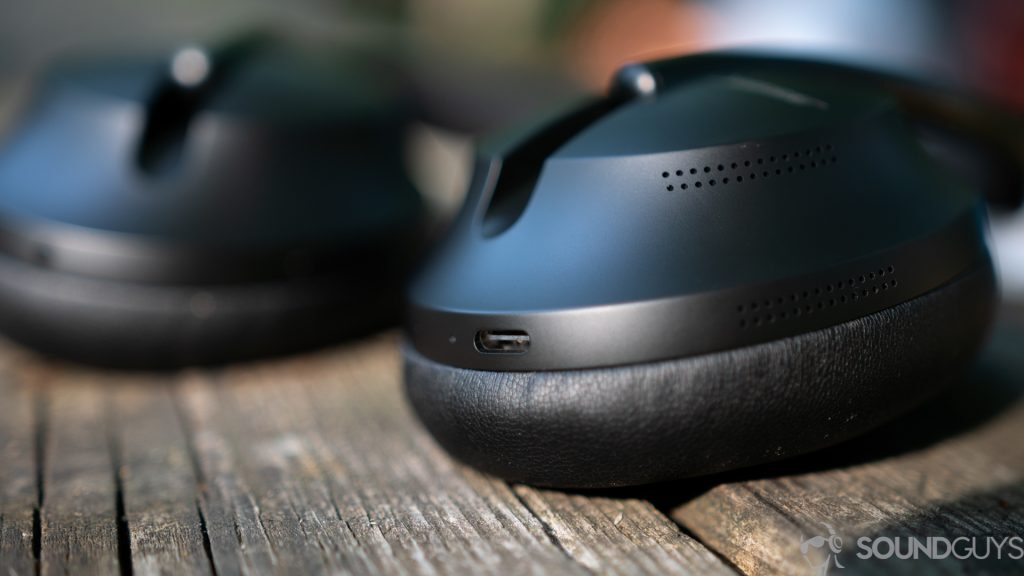Modern Life’s Survival Tool: Noise-Canceling Headphones

You would never realize how noisy your environment is until you have used noise-canceling headphones. The wonderful device, capable of blocking out sound, was developed for airplane pilots in the 1950s, so the technology is not new. Today, however, noise-canceling is concentrated on headphones, which have become vital to most people.
It is almost ubiquitous to see people wearing headphones or earbuds. You cannot determine whether they are listening to music or using the headsets to cancel the noise.
When using a noise-canceling headset, quiet fills your ears. It feels like the sounds you usually hear are turned down. But it doesn’t mean that you cannot hear anything. The noise outside is just turned several notches down, so it is not distracting.
When commuting, the noise-canceling feature of the headphone can soften the sound of traffic and vehicle engines. The noise level of heavy traffic can reach about 85 decibels (dB). If you’re exposed to it for several hours each day, it can lead to temporary or permanent hearing damage. If you’re inside an open-plan office, the feature can eliminate most of the office chatter and machines’ noise in use.
If you are distracted by the constant noise around you, a noise-canceling headphone becomes your tool to survive the continual drone of living in an urban area.

How noise-canceling in headsets work
Noise-canceling headphones are also called active noise-canceling headsets. They use electronic processing to determine the ambient sound and produce the opposite south, resulting in less noise.
The noise-canceling feature is available in some high-end headphones. But before you invest in one, it is essential to understand the technology. They are available in over-ear and in-ear headsets.
Contrary to what you expect, active noise cancellation mutes the background noise around you, allowing you to have a quieter environment.
Active noise cancelation technology cancels out some components of ambient sounds. The microphones on the headsets listen to the sound and produce another sound in reverse frequency that would cancel the existing one to reduce its level effectively.
The noise-canceling feature does not eliminate noise, but rather, it reduces noise. However, the noise-canceling function is not effective for all sounds. The feature is not sufficient for high-frequency sounds, such as a handclap, slamming of a door, or the wailing of a baby. Active noise cancelation works better with sounds of lower frequency.
Advantages and disadvantages of noise-canceling headphones
The primary advantage of active noise-canceling headphones is the prevention of hearing impairment. Aside from that, it can help you unwind, sleep or concentrate better.
Noise-canceling headphones require batteries. Thus, most of the headphones with noise-canceling features are wireless. Due to the noise-canceling functions, users may find that the sound quality is reduced. With the additional components, a headset with noise-canceling functions is priced higher than regular headsets.
Some users of noise-canceling headphones experience headaches, nausea, and dizziness. Some suffer from eardrum pain. This is due to the extremely low-frequency vibrations the headphones transmit, affecting the balance receptors inside the ears.
Decreasing the intensity of the active noise cancelation can help users.
The decision to buy active noise-canceling (ANC) headphones will depend on where and how you intend to use them. If you’re a regular commuter or a frequent flyer, an ANC might be helpful.